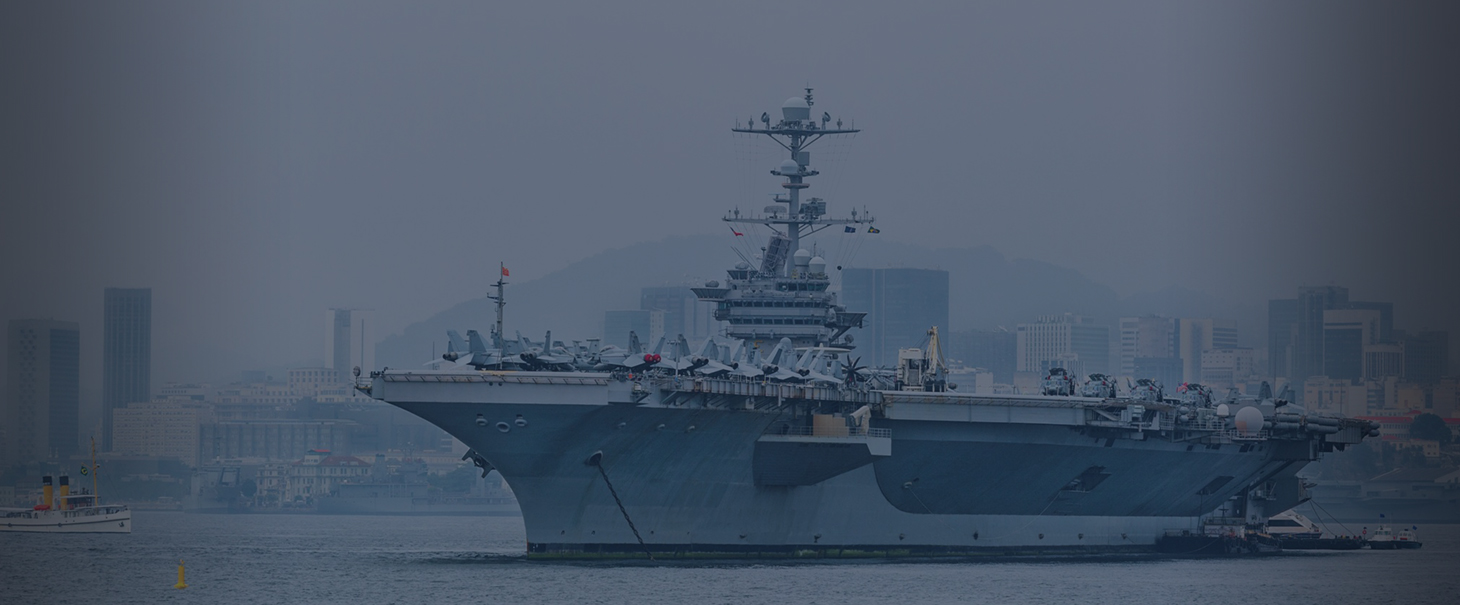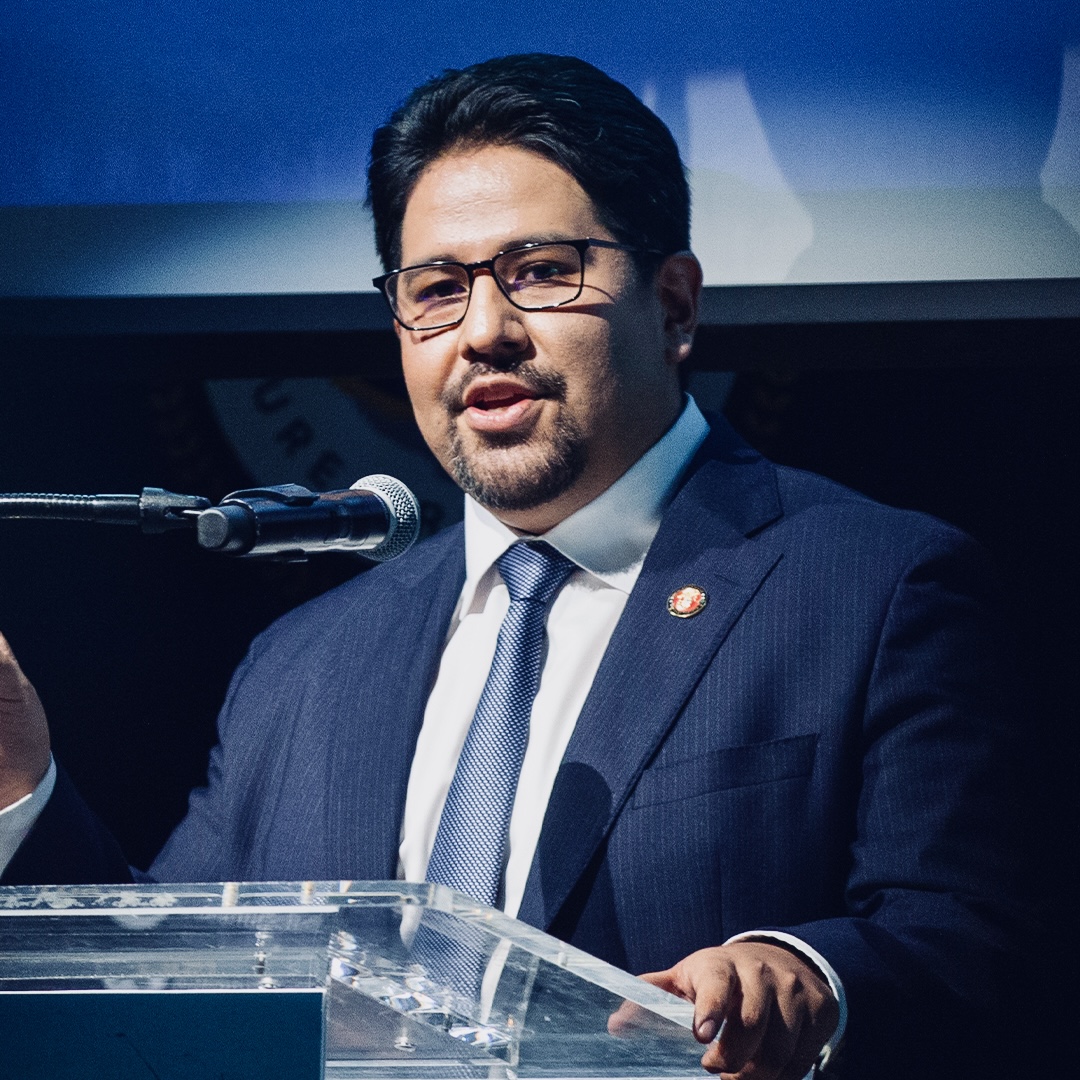During the last couple months, Iran and Saudi Arabia have been playing a political tug of war over Latin America. On November 10, 2015, Iran’s deputy foreign minister held a private meeting with ambassadors from nine Latin American countries to reaffirm the Islamic Republic’s desire to “enhance and deepen ties” with the region. This was followed by similar statements from Iranian President Hassan Rouhani and Supreme Leader Ayatollah Ali Khamenei at the Gas Exporting Countries Forum (GECF) in Tehran later that month. The same day, the Saudi Foreign Minister, Adel al-Jubeir, presided over a South American-Arab world summit in Riyadh. FM al-Jubeir, while Ambassador to the United States in 2011, had himself been the target of an Iranian-Latin American assassination plot. The message of the Saudi summit was clear: An Arab rapprochement with South American countries will increase Iran’s isolation in the world. Unfortunately for the House of Saud, in South America, they are more than thirty years behind their Persian rivals. After the 1979 revolution, the leaders of the newfound Islamic Republic of Iran sought to change their country and the world. In 1982, Iran held an international conference of the Organization of Islamic Movements, bringing together over 380 clerics from some 70 countries around the world, including many from Latin America. The purpose of this conference was to export their revolution abroad. The next year, in 1983, Iran’s Islamic Revolutionary Guards Corps (IRGC) carried out their first major international terrorist operation: the bombing of the Marine barracks in Beirut. This act led to the withdrawal of multinational forces from Lebanon. That same year, Iran began funding and training Hezbollah in Lebanon. 1983 is also the year the Islamic Republic began its covert operations in Latin America. On August 27, 1983, the first Iranian operative to land in Latin America touched down in Buenos Aires, Argentina. Mohsen Rabbani was not just any operative, but one of Iran’s most highly trained and dedicated intelligence officers. Latin American intelligence officials have since dubbed him “the terrorist professor.” Rabbani spent more than a decade in Argentina, creating the conditions that would allow one of Hezbollah’s biggest terrorist attacks be carried out with complete impunity: the bombing, on July 18, 1994, of the AMIA (Asociación Mutual Israelita Argentina) Jewish cultural center in Buenos Aires. The attack, by a suicide bomber who drove a truck packed with explosives into the AMIA building, killed 85 people and injured hundreds more. This was not even Argentina’s first encounter with Islamic terrorism; two years earlier, on March 17, 1992, the Israeli Embassy in Buenos Aires was also bombed. Many of the Iranian officials who helped Rabbani carry out the AMIA attack are still important political players in the Islamic Republic. Ahmad Vahidi, who founded the feared, elite Qods Force of the IRGC and was recently the country’s Defense Minister, was prominently named in the official AMIA indictment by the Investigations Unit of the Office of the Attorney General of Argentina. Mohsen Rezai and Ali Akbar Velayti, both presidential candidates in the 2013 Iranian elections, are also prominently named in the same indictment by Argentine authorities. During the last 32 years, Iran has achieved a resounding success in promoting an anti-US and anti-Israel message in Latin America. Iran’s state-owned television network, HispanTV, broadcasts in Spanish 24 hours a day, seven days a week, in at least 16 countries throughout the region. Formally, Iran has also doubled the number of its embassies in Latin America — from six in 2005 to eleven today. Informally, according to U.S. Southern Command (USSOUTHCOM), Iran has established more than 80 Islamic cultural centers promoting Shi’a Islam throughout Latin America. The number represents more than a 100% increase from 2012 when, according to estimates by USSOUTHCOM, Iran only controlled 36. Most importantly, however, Iran has established an unprecedented military and intelligence footprint that extends from Tierra del Fuego, at the southern tip of Argentina, up to the Rio Grande, bordering the United States. Iran is active in every country in Latin America. The lack of transparency, political corruption, high levels of crime and violence — and the growing anti-American and anti-Jewish attitudes in Latin America — enable Iran to enjoy its success. Due to the efforts of a handful of regional governments seeking to revolutionize the region, this trend has only increased in the last decade. Thanks to the legacy of the late Hugo Chávez and his contemporaries such as Nicolás Maduro, Rafael Correa, Evo Morales, Daniel Ortega, Cristina Fernández de Kirchner, Salvador Sánchez Cerén, and others, Iran is now more powerful in Latin America than ever before. The recent election in Argentina, while providing an opportunity for the new President Mauricio Macri, does not in and of itself weaken Iran’s influence in the continent. The Islamic Republic has, for more than three decades, studied the political patterns and socioeconomic trends in the region. In several countries, Iran has a greater presence and influence than the United States. Latin America’s importance for Iran was highlighted by a bombshell article published in March of this year in the highly respected Brazilian weekly Veja magazine. Through interviews with high-level Venezuelan informants who are collaborating with U.S. authorities, Veja reported that the Argentine government’s reversal on its decades-long policy of freezing diplomatic relations with Iran (because of the 1994 AMIA bombing) did not change in 2013 with a controversial Memorandum of Understanding (MOU) signed between the two countries. The policy also did not change two years prior, in 2011, when Argentina’s former Foreign Minister, Hector Timmerman, met secretly in Syria with his then-Iranian counterpart, Ali Akbar Salehi, to negotiate this MOU — meant to whitewash Iran’s role in the AMIA attack. Instead, the Veja article revealed that Argentina’s warming of relations with Iran began in 2007 when then-Senator Cristina Fernández de Kirchner became Argentina’s president — in part, thanks to the financial support she received from Iran, courtesy of Venezuela’s Hugo Chávez. The highly controversial MOU between Argentina and Iran was therefore actually a campaign promise that had been made by the outgoing Argentine president, Fernández de Kirchner, six years earlier. The most noteworthy revelation from the Veja piece, however, is not whom Iran bribed and bought in Latin America, but why Iran bribed them. According to the Venezuelan informants, whitewashing Iran’s accused from the AMIA attack was only a secondary objective in its clandestine outreach to Argentina. The primary objective was to gain access to Argentina’s nuclear technology and materials — a goal Iran has apparently desired for more than three decades. According to the late Dr. Alberto Nisman — the special prosecutor who investigated the AMIA attack — the goal of accessing Argentina’s classified nuclear program is the reason Argentina was targeted by Iran and Hezbollah back in the early 1990’s. According to Dr. Nisman, Iran’s motivation for targeting Buenos Aires in the AMIA attack was a direct response to the Argentine government’s cancellation of nuclear cooperation agreements that had been in place between the two countries since the mid-80’s. There is a telling account in the Veja piece of a private meeting on January 13, 2007, between Iran’s then-President, Mahmoud Ahmadinejad, and the late Venezuelan President Hugo Chávez. In the meeting, Ahmadinejad tells Chávez:
“This is a matter of life or death. I need you to be an intermediary with Argentina to get help for my country’s nuclear program. We need Argentina to share its nuclear technology with us. It will be impossible to advance with our program without Argentina’s cooperation.”
“Impossible” is a strong word. If true, this information suggests that Iran needs Latin America to advance its highly ambitious nuclear program. For Iran, Latin America is not just a side project; the region may well be Iran’s top foreign policy priority outside of its immediate interests in the Middle East. The untimely and mysterious death, for which no one has formally been charged, of Dr. Alberto Nisman — found shot on January 18, 2015, hours before he was to present his most recent findings before the Argentine Congress — has essentially cleared the way for even greater Iranian influence in Latin America. The lifting of sanctions and influx of billions of dollars as a result of Iran’s nuclear deal with the P5+1 (the five permanent members of the UN Security Council, plus Germany) will undoubtedly help Iran in its quest for global legitimacy. It is most likely a quest easily achieved in Latin America, where many countries are facing economic turmoil and might appreciate an Iranian “stimulus.” While Latin America is often regarded as a foreign policy backwater for the United States, it is a geopolitical prize for the Islamic Republic of Iran. Saudi Arabia may have just woken up to this fact. It is high time U.S. policymakers did the same. Read the original article, from Gatestone Institute, here.


 Joseph M. Humire
Joseph M. Humire